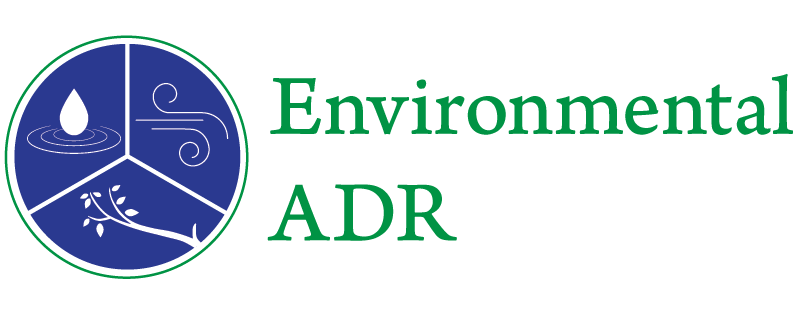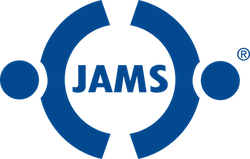“If it bends it’s funny; if it breaks, it isn’t.”
Woody Allen, from Crimes and Misdemeanors
 Flexibility is one of the most important attributes we need to develop in life. As Woody Allen reminds us, it is what separates comedy from tragedy; it’s what allows us to continue moving forward, without breaking, through the adversities we face in every day life.
Flexibility is one of the most important attributes we need to develop in life. As Woody Allen reminds us, it is what separates comedy from tragedy; it’s what allows us to continue moving forward, without breaking, through the adversities we face in every day life.
Flexibility is also one of the key attributes of mediation. It is an integral part of what makes mediation a powerful alternative to traditional litigation. In the mediator’s toolkit, there is nothing more essential than the ability to approach each dispute without preconceptions about the best path forward for resolving the conflict.
To illustrate the paramount importance of flexibility in mediation, I want to share with you my recent experience when I was asked to mediate a case between a university, the city and county in which it was located, and concerned groups of citizens. The parties were embroiled in controversy involving the university’s multi-year expansion plan and its potential effects on resources such as water, housing and traffic.
My first step was to meet separately with each party before I convened a joint session with all stakeholders. This is an initial step I frequently find to be useful in multi-party disputes. It allows me to meet and discuss privately with each constituency their respective views on the history of their dealings together, including their inability to come to an agreement among themselves, to identify the impediments to settlement, including views and misconceptions they hold about other parties, to learn what are important elements of a successful negotiation, and to hear their personal ideas on workable settlement structure and content – their wish lists.
In this particular case it soon became apparent that the inability to reach agreement prior to the mediation was due in large part to their inability to communicate clearly and comfortably with one another. Past dealings and strongly held personal viewpoints had interfered with the exchange of proposals, the parties’ respective views on the proposals and parties’ making them, and their ability to respond in ways that propelled negotiations forward, toward settlement.
I decided that establishing a framework for settlement called for separating the present negotiation from past efforts. We accomplished this by starting off with a session aimed at dispelling misconceptions which I had observed, beginning to build trust in the process, and even though it was early in the process, starting to map out the zone of potential agreement. The parties found this to be a hopeful start. [Read more…]



